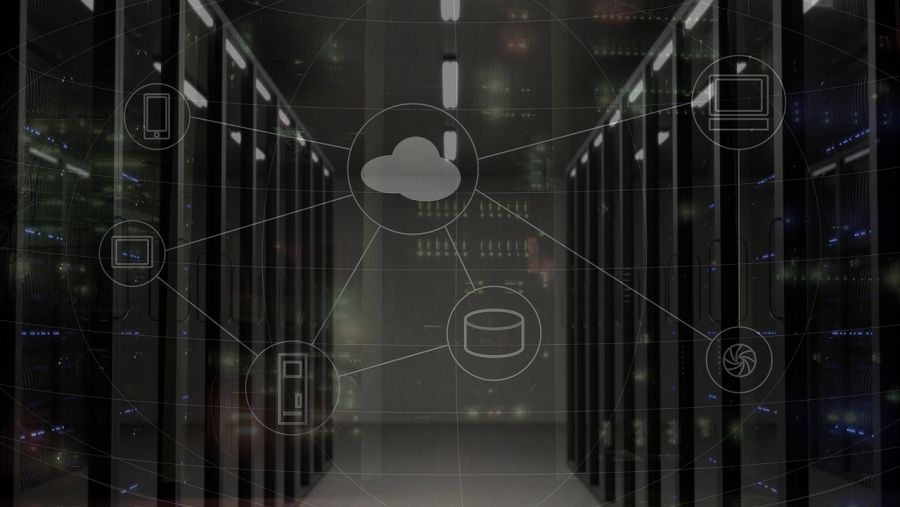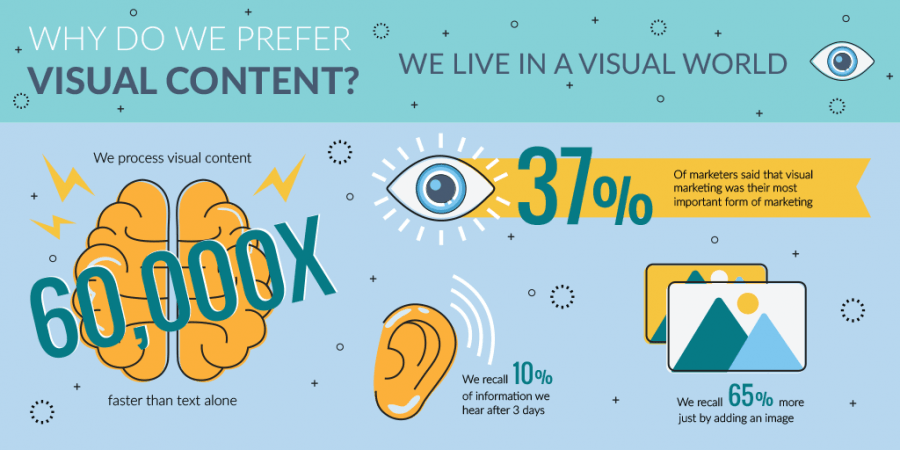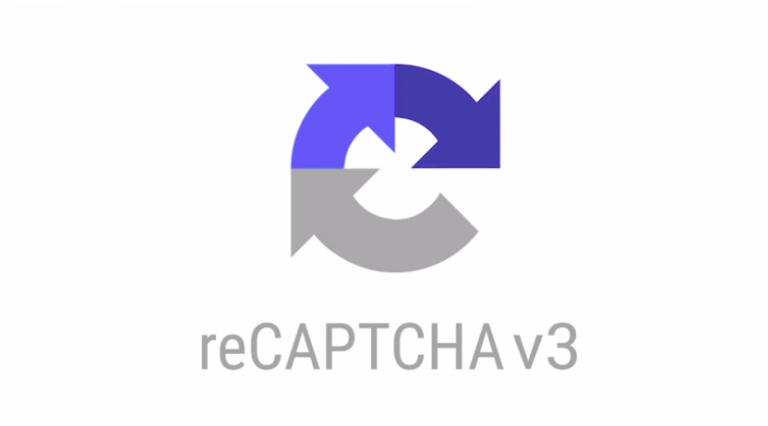The Real Cost of Owning and Running an E-commerce Website
The Real Cost of Owning and Running an E-commerce Website
When starting an eCommerce business or taking a current retail business and expanding it to sell products online, often the only cost considered is the one for the web developer who will create the site. There are however other costs that need to be thought about. Below I have listed the main cost carrying factors associated with online trading:
Site Build
There are many options open to the online trader. You can use a "do it yourself" online site building program or some open source software; pay a web developer to create a site using an open source platform or develop a bespoke site with either in-house staff or an external web developer.
I know it would be expected that I would say this, but the DIY option is really not a good one for the vast majority of people. eCommerce is not a simple process and getting it right requires a fairly high level of skill. The reason to build an eCommerce website is to encourage people to spend money with you.
The question to ask yourself is "would I buy from a site that looks homemade and doesn't function at least as well as other sites from which I am used to buying?", then re-consider whether the home build option is actually going to get you selling.
For most people, the way ahead is for a web developer to build you a site from an open source platform. The reason open source is considered by many as the way to go is that there is often a community of developers adding modules and tuning the platform, meaning you can relatively cheaply keep the site up to date and functioning properly.
We build the majority of our sites on the Magento platform as we feel it gives the best function set (both front and back end) but there are many other options available.
For some companies, a site with bespoke coding is the preferred option. This will normally be the more expensive way to do it. If you are not using in-house developers, the danger is that you fall out with your development company and then it is difficult for a new company to work on the site.
eCommerce Merchant Account
In order to receive credit card payments, your business will need to have a Merchant Account. You are not tied to a bank for this and actually, the market is quite competitive. Your Merchant Account costs are charged as a percentage of each transaction. At the time of writing, the cheapest we know of is Streamline . Streamline also currently have a deal with the Federation of Small Businesses which can even further reduce the percentage charge. With this deal, you should be able to secure less than 2% of the sale value.
Some Merchant Accounts can restrict the type of goods being sold. For example, we have had clients who have been refused Merchant Facilities for selling adult products and alcohol online.
Please note that you specifically need an eCommerce Merchant Account and not a standard Merchant Account.
Payment Gateway
A Payment Gateway safely passes the credit card data to your Merchant Account. Most Payment Gateways charge a fixed monthly fee based on the number of transactions. Your bank may often try and sell you their own Payment gateway; our advice would be to not use a bank's own Payment Gateway for several reasons:
We advise our customers to use Sagepay which currently has a monthly cost of £25 for up to 1000 transactions. It is also a well-known brand to the consumer and therefore has a high trust factor.
Paypal
An option for some is Paypal . Paypal is a "pay as you go" payment system which removes the need for a Merchant Account and a Payment Gateway. If your turnover is relatively small, Paypal can be a lower cost option as there are no standing charges. However, the percentage of the sale value they charge is higher than most Merchant Account providers.
There will a breakpoint where turnover increases so that a lower percent and standing charge comes to less than the higher percentage charge from Paypal.
The visitor experience is not as good with PayPal, as it is re-directional and the payment does not take place on the vendor's website.

Hosting and Maintenance
All websites need to be hosted on a server and there is a cost associated with this. Charges can vary depending upon the type of hosting required and can be as low as £50 per year. Often this level of hosting is insufficient and it is worthwhile taking to your developer about the best options for your site.
We offer an optional support contract with our hosting package and for eCommerce sites, this can be essential. Our costs start at £30 per month depending upon the requirements
SSL Security Certificate
Depending on the hosting arrangement you have, there may be an additional annual charge for an SSL certificate. This is for the encryption of data between the user and the server. Annual charges start at around £50.
PCI Compliance
This is something which really can cause both problems and confusion for many site owners. PCI is the set of standards you have to adhere to if you are accepting card payments.
If you use a re-directional payment system like Paypal or Sagepay's "server in low profile" system, your payment process online is likely to be PCI compliant as no card data is stored or held by you and the website, therefore your PCI compliance costs are likely to be just the time to complete the questionnaire and sometimes paying for an evidential certificate from a PCI auditing company (like Trustwave ).
Many Payment Gateways, however, will store data and then the costs and time to become compliant can be very large. Hence our advise on Payment Gateways to strongly consider the Sagepay option.
Advertising, Marketing and SEO
This can be more expensive than any other part of the above and your budgets should always reflect costs for getting the site found. Some companies will need more budget than others depending upon the current market position and the competitive nature of your product. It is rare that no cost for SEO and marketing is needed.
Creating a pre-build cost plan for site marketing should always be done. I will in the future write an article specifically about how to go about this.










